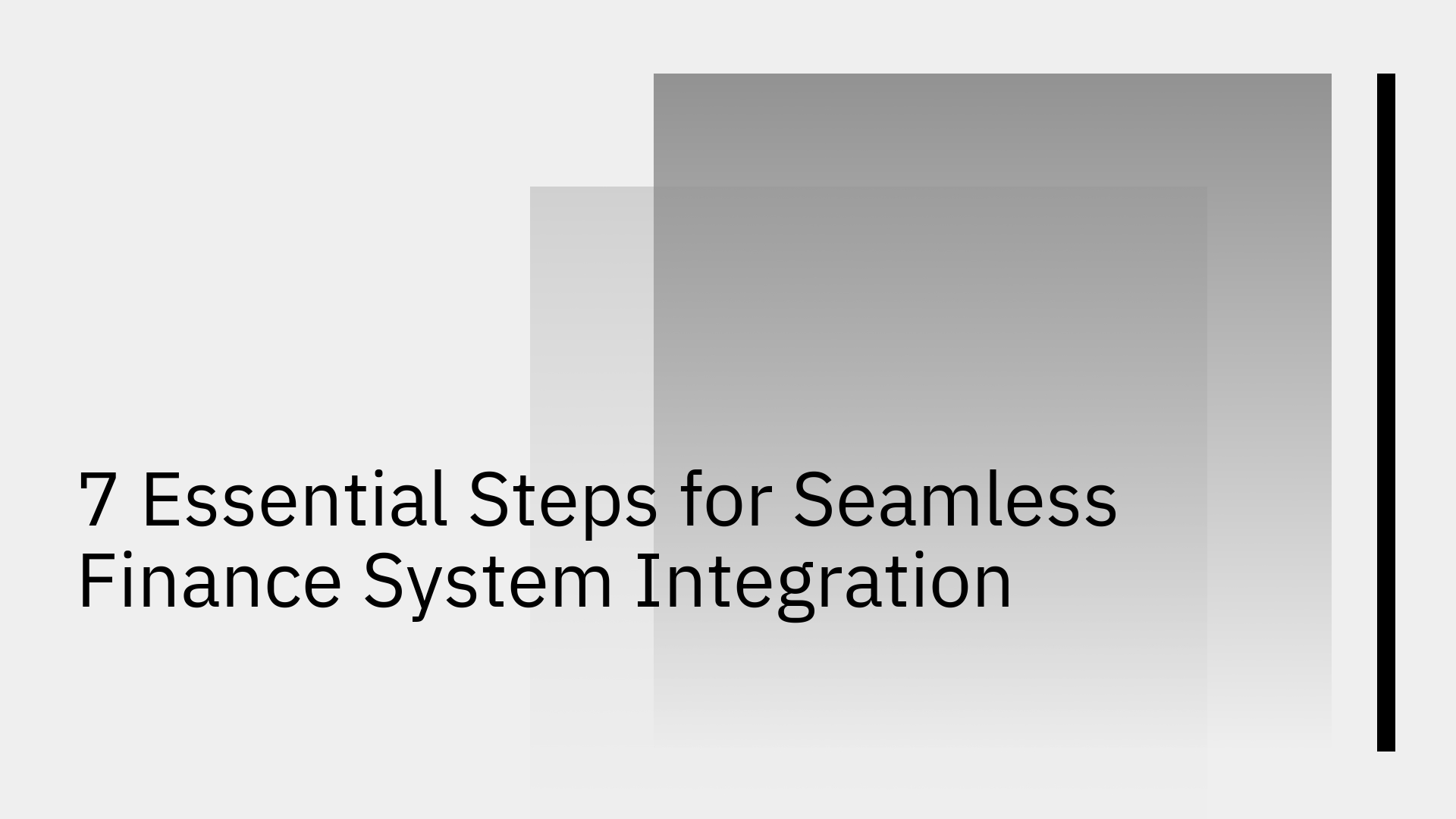
For businesses leveraging NetSuite as their ERP and Shopify for e-commerce, the disconnect between front-end sales and back-end operations presents a significant technical challenge. Manual data entry, batch updates, and data silos lead to operational inefficiencies, inventory inaccuracies, and a fragmented customer experience. Achieving a truly integrated system is essential for automating processes, eliminating errors, and scaling operations efficiently.
This guide outlines the critical steps for executing a seamless NetSuite Shopify integration, transforming disconnected platforms into a unified, high-performance operational system.
A third-party system integration refers to the process of connecting two or more distinct software applications, developed by different vendors, to enable them to exchange data and automate workflows. In this context, it involves creating a data bridge between your NetSuite ERP and your Shopify e-commerce platform. The goal is to create a single source of truth, ensuring that data related to orders, customers, inventory, and financials is consistent and synchronized in real-time across both systems.
Integrating NetSuite and Shopify moves beyond simple convenience; it delivers fundamental improvements to your operational architecture. By eliminating data silos and manual reconciliation, you unlock significant gains in efficiency, accuracy, and scalability.
Executing a successful integration requires a structured approach. Follow these seven steps to connect NetSuite with Shopify reliably and efficiently.
Step 1: Identify the Critical Systems and Data Flows
The first step is to formally identify the two primary systems: your NetSuite ERP instance and your Shopify storefront. Beyond this, you must map the specific business processes and corresponding data flows that need to be synchronized. This includes defining the direction of the data flow (e.g., from Shopify to NetSuite, from NetSuite to Shopify, or bi-directional) for objects such as:
Step 2: Determine the Optimal Integration Method
Choosing the right integration method is the most critical technical decision you will make. The method directly impacts the reliability, scalability, and maintenance overhead of your solution.
Step 3: Define the Data to be Exchanged
With your method selected, you must precisely define the data schema and mapping rules. Identify every data field that needs to be synchronized between NetSuite and Shopify. This includes standard fields (e.g., customer.email, order.total_price) as well as any custom fields critical to your business operations. A clear data mapping document is essential to ensure the integration logic aligns perfectly with your business requirements and prevents data loss or corruption.
Step 4: Configure the Integration
If you choose a platform like Stacksync, this step replaces traditional development. Instead of writing code, you will use a visual, no-code interface to configure the integration. This involves:
This declarative approach drastically reduces implementation time and eliminates the risk of coding errors.
Step 5: Test the Integration Thoroughly
Before going live, rigorous testing is non-negotiable. Your testing protocol should validate key technical aspects of the integration:
Step 6: Monitor the Live Integration
Once deployed, continuous monitoring is essential to ensure ongoing reliability. Your integration solution should provide a dashboard with real-time visibility into data flow, system performance, and API health. Automated alerting for sync errors or performance degradation allows your team to address potential issues proactively before they impact business operations. Platforms like Stacksync provide this level of automated reliability and monitoring out of the box.
Step 7: Ensure Security and Compliance
Integrating systems that handle sensitive financial and customer data requires a strong security posture. Ensure your integration method is compliant with relevant regulations such as GDPR and that the platform itself is secure, with certifications like SOC2. The data exchange must be encrypted in transit and at rest. Using a secure, enterprise-ready platform like Stacksync offloads much of this security burden, providing a compliant and secure environment for your data.
By following this structured checklist, you can successfully connect NetSuite with Shopify, creating a powerful, unified system that drives operational excellence. The key is to move beyond fragile custom code and complex generic tools. By selecting a purpose-built solution like Stacksync, you empower your organization with a reliable, scalable, and real-time integration that guarantees data consistency and eliminates technical complexity, allowing you to focus on growing your business.